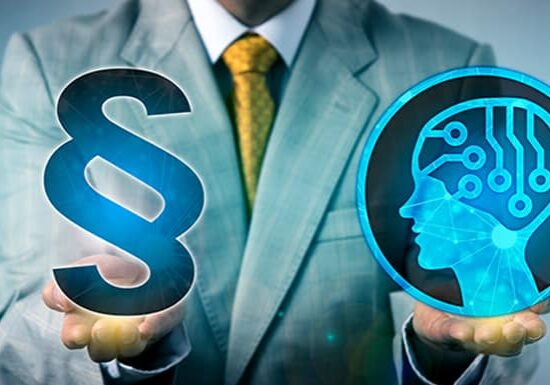What is Edge Computing? Retail’s Next Big Step.
Updated: June 19, 2024
Published: October 16, 2021

There’s an estimated 1.145 trillion MB of data created every day. Data has direct implications for businesses and business decisions, especially when it comes to retail settings and their ability to provide top-notch customer service.
During the COVID-19 pandemic, lockdowns caused brick-and-mortar stores to close for weeks or months at a time, pushing consumers to online shopping and e-commerce more than ever before. These digital channels provide people with immediate access and personalization capabilities, which has impacted consumers’ expectations.
Moving forward, the customer experience in omnichannel settings (both on and offline) will need to be delivered through the use of automation, analytics, and personalization.
For example, a recent MIT technology review shared what customers want and expect during their shopping experience, which includes:
- Access to product information (65%)
- Navigation to locate products in store (61%)
- Contactless payment (50%)
- Self-checkout (49%)
- Appointment setting (30%)
- Virtual mirrors (20%)
All of these desires rely on the collection and transformation of data at high speeds. By using edge computing, the speed of data processing is increased, thereby supporting enhanced efficiency, increased customer satisfaction, and deeper insights.
Thus, edge computing is completely reshaping the retail industry.
Edge computing happens at or near the source of the data, whether that means computing takes place within an IoT device or at a data center geographically closer to the data source.
For typical computing to take place, Computer A and Computer B need to communicate with one another, often across vast distances. Thus, when a user tries to access information (i.e., after you click a link to open a browser window, there will be a delay), the time it takes to process and share information is limited by the laws of physics–i.e., the speed of light.
This is known as latency. Low latency technologies like edge computing allows data to be shared in real-time and application speeds are thus improved.
With edge computing, the data transformation, processing, and return information all take place at the source, which reduces latency and increases bandwidth. Rather than having multiple IoT devices connected to a single computing source, which could slow down pathways, edge computing can maximize bandwidth by focusing only on computing the data that is relevant for the user’s need at the source where it’s required.
For retailers, bandwidth can be a constant issue because there may be multiple store locations with software trying to access the cloud to perform customer transactions. As the number of devices transmitting data at the same time grows, the speed at which the data is returned may slow down (and in a retail setting, this could spell disaster for unhappy and impatient customers).
Edge computing technology has uses across many industries, but when it comes to retail, the benefits are significant.
First, data security is of paramount importance when dealing with customers’ sensitive data, such as their address and credit card information.
When all information is stored in a centralized location like the cloud, a single data breach could threaten all of a retailer’s customers. Instead, edge computing supports nodes at nearby data centers which provides for an additional level of security as opposed to a single on-premise server or cloud server housing all the data for all of a retailer’s locations.
Additionally, retailers are constantly looking for ways to innovate the shopping experience as customers continue to have more sophisticated demands.
For example, edge computing can be used to deliver personalized advertisements to customers in a digital-out-of-home (DOOH) setting. This means that data can be captured and processed in real-time so that a personalized ad can be created, all powered by edge computing.
Immersive experiences like reality mirrors in stores also require low latency, which edge computing delivers. Interactive digital media in physical locations can be utilized to encourage shoppers to visit retail locations instead of always opting for an online experience.
The amount of unstructured and structured data entering retailers’ hands on a daily basis grows exponentially due to mobile devices and the Internet of Things. Most retail business processes are personalized and rely entirely on customer data (think of inventory shipment and fraud protection, for example).
With edge computing, retailers can fulfill personalized shopping experiences, optimize customer satisfaction, and improve security. Edge computing is the future of retail, and when combined with cloud computing, it has the capability to provide an unparalleled retail experience.
Importantly, edge computing also allows retailers to take advantage of their physical store space for inventory purposes, rather than for hardware. Edge computing allows retailers to quickly adapt and change the applications they use without requiring new devices.
